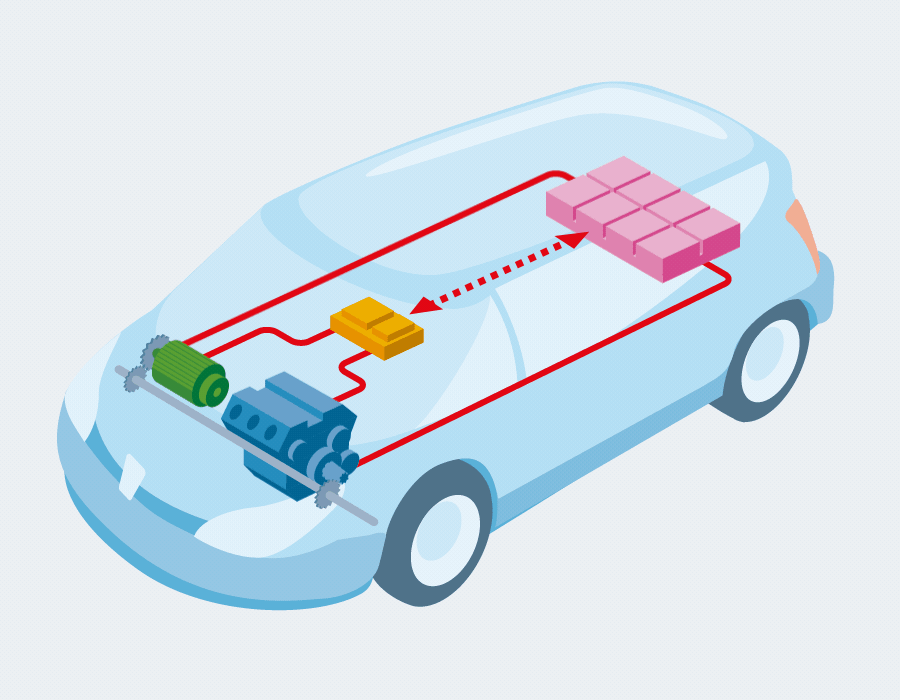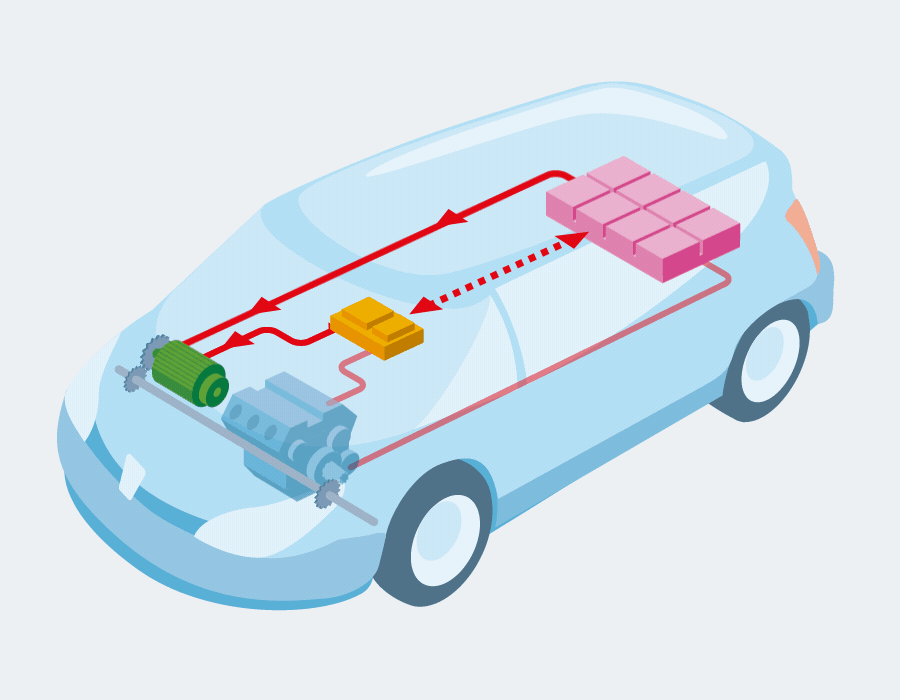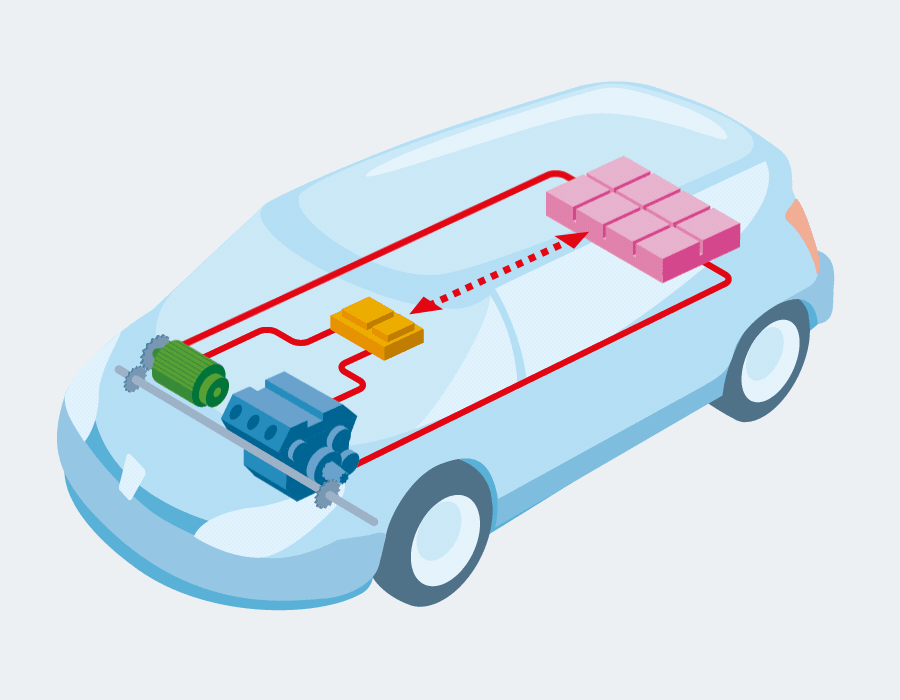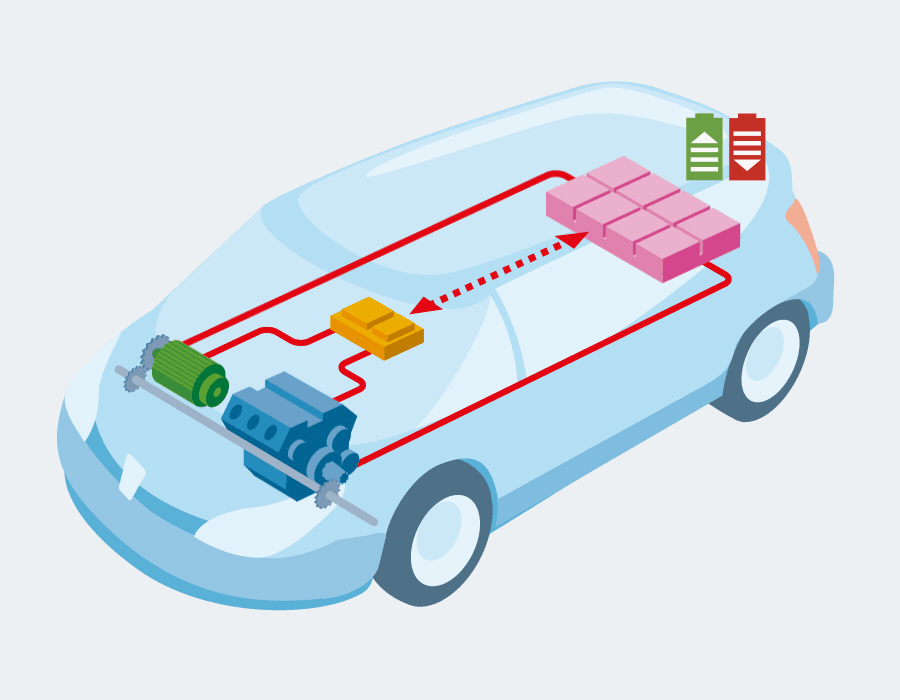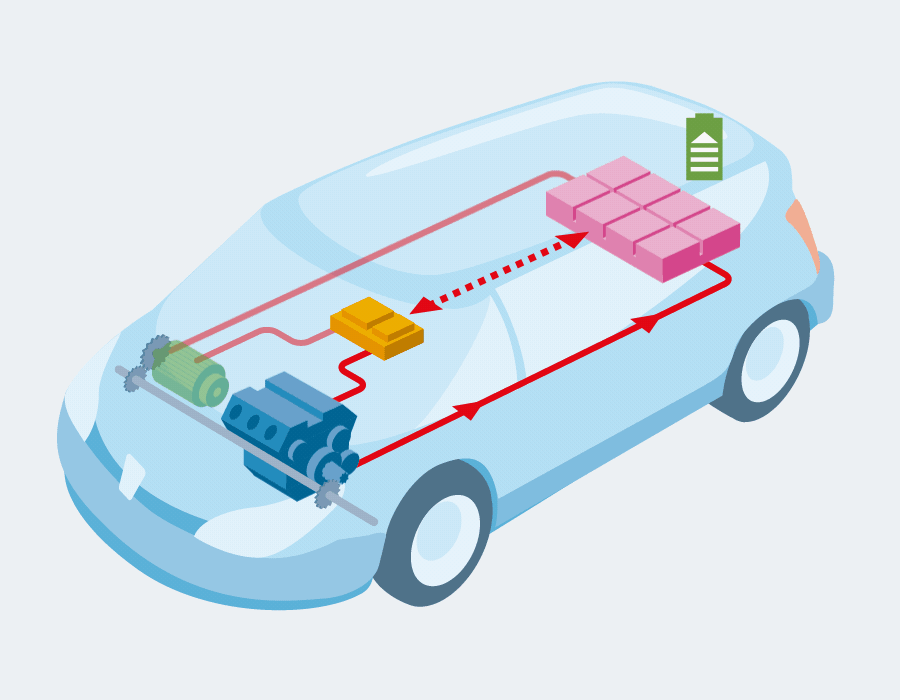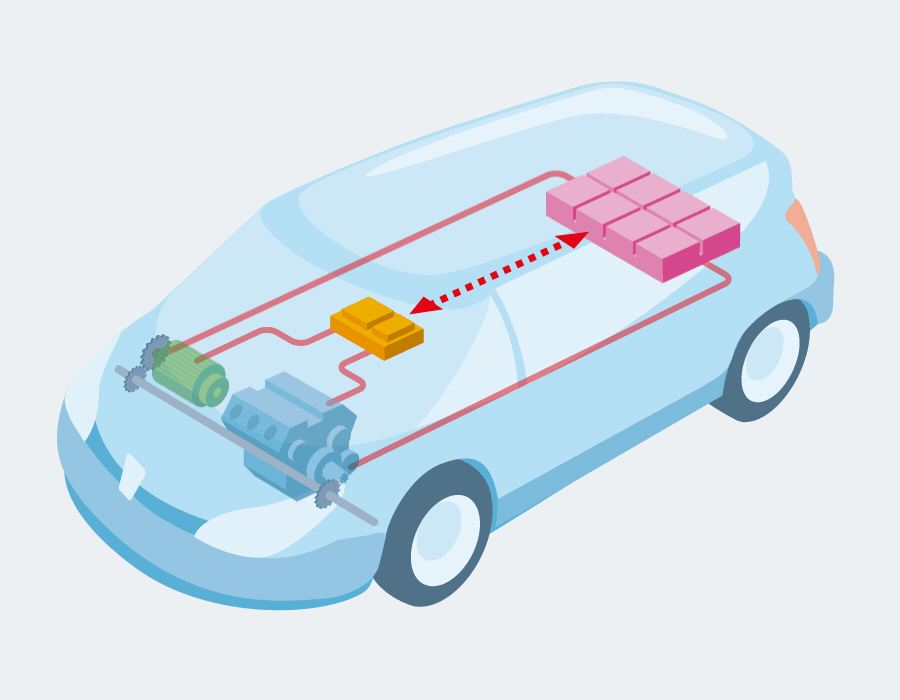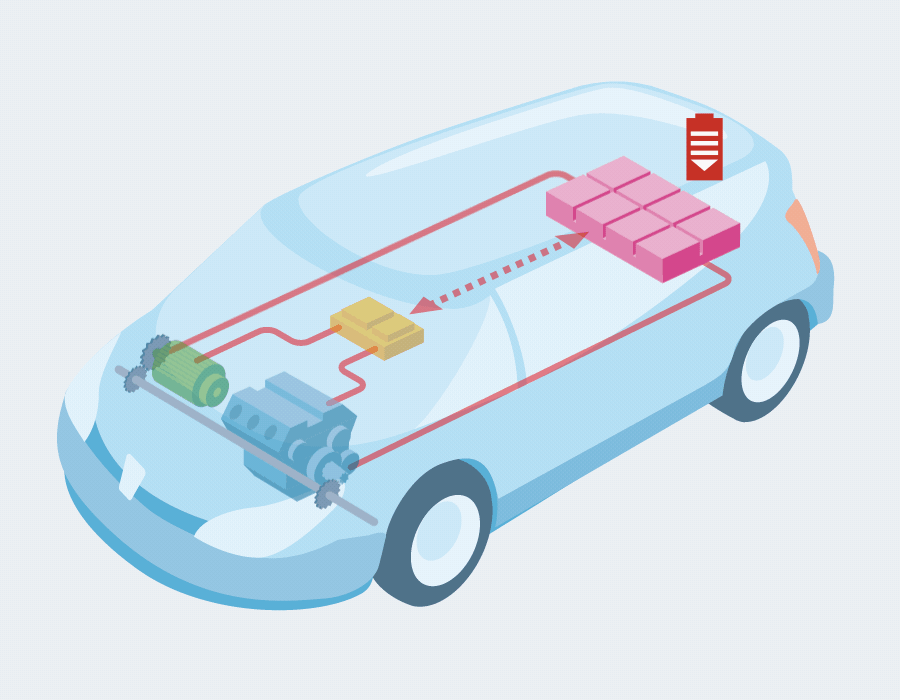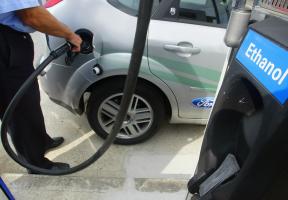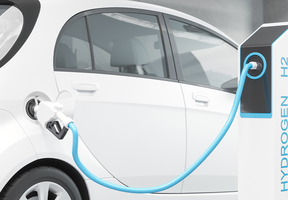The Hybrid Car: How It Works
10 min read
A hybrid car combines an internal combustion engine (ICE – a type of engine) with an electric motor. It therefore uses both (gasoline, or biofuel) and at the same time.
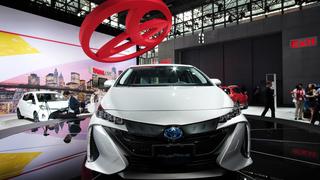
© JEWEL SAMAD / AFP - Launched in 1997, the Toyota Prius was the forerunner of modern hybrid cars. The Prius Prime, pictured here, is the Japanese car maker's plug-in hybrid model.
The Main Components of a Classic Hybrid
In classic hybrids, four components work together to combine mechanics and computing to great effect:
- An internal combustion engine
- An electric motor
- A battery system
- A control unit
The internal combustion engine, which is linked to all the driving wheels, provides most of the at cruising speed. It also helps recharge the batteries.
The electric motor, also linked to the wheels, helps power the car at low speeds. During deceleration and braking phases, it recovers , transforms it into and uses it to charge the battery.
The battery system stores all electricity produced and redistributes it to the electric motor and other car equipment including lights, windows and the dashboard. It is designed to last for the vehicle’s entire lifespan and is never connected to the power grid (except in the case of the plug-in hybrid described below).
The control unit is the decision-maker. It knows where the thermal and electrical energy comes from, its respective quantities, and where it must be distributed at all times. Several thousand times per second, it analyzes the driver’s commands against the available energy to optimize the use of the internal combustion engine and thereby reduce consumption.
How the Car Responds to Your Commands
- You start the car up, then drive at less than 40 kilometers per hour, in a city for example. If the battery is sufficiently charged to power the vehicle using the electric motor, the control unit turns off the internal combustion engine, which is not efficient at low speeds or when accelerating and therefore consumes a lot of fuel. If the battery runs low on charge, the internal combustion engine starts up again, powers the car and recharges the battery at the same time.
- If you need to accelerate quickly or drive up a steep slope, the control unit orders the engine and the motor to work together.
- If you are traveling at cruising speed (i.e., fast), the internal combustion engine does most of the work.
- If you slow down and brake, the internal combustion engine is cut and the kinetic energy produced by wheel rotation is recovered by the electric motor which, acting as a power generator, charges the battery for later use.
- If you come to a stop, the engine and motor switch off to save fuel, and the vehicle’s electrical systems are powered by the battery. If you start the car up again, the electric motor silently reactivates.
A few things to bear in mind:
- New-generation hybrid cars involve more than just powertrains. They also feature improved aerodynamics, lighter weight and a smaller internal combustion engine.
- A hybrid car combines the power and range of an internal combustion engine with the silence and cleanliness of an electric motor.
- Hybrid technology improves ICE performance, using less fuel, and reduces CO2 emissions. The level of fuel economy is difficult to evaluate, as it depends on whether the user is driving the vehicle under optimal conditions, known as eco-driving. Also, the savings are sometimes overestimated by car makers.
Plug-in Hybrids
As the name suggests, plug-in hybrid vehicles can be plugged in and recharged from the grid, which is not possible for classic hybrids.
The batteries are larger, heavier and can store more energy, guaranteeing “all-electric” driving for at least 30 or 40 kilometers. In classic hybrids, all-electric driving, without using the internal combustion engine, is only possible for 3 or 4 kilometers as the electric motor is only there to “relieve” the internal combustion engine. The plug-in hybrid represents a transition to all-electric vehicles.
There are various other types of hybrid vehicles, such as the “range extender” concept, where a small internal combustion engine extends the range of what is essentially an all-electric vehicle by regularly recharging the battery.
See the diagram of how a hybrid car works
